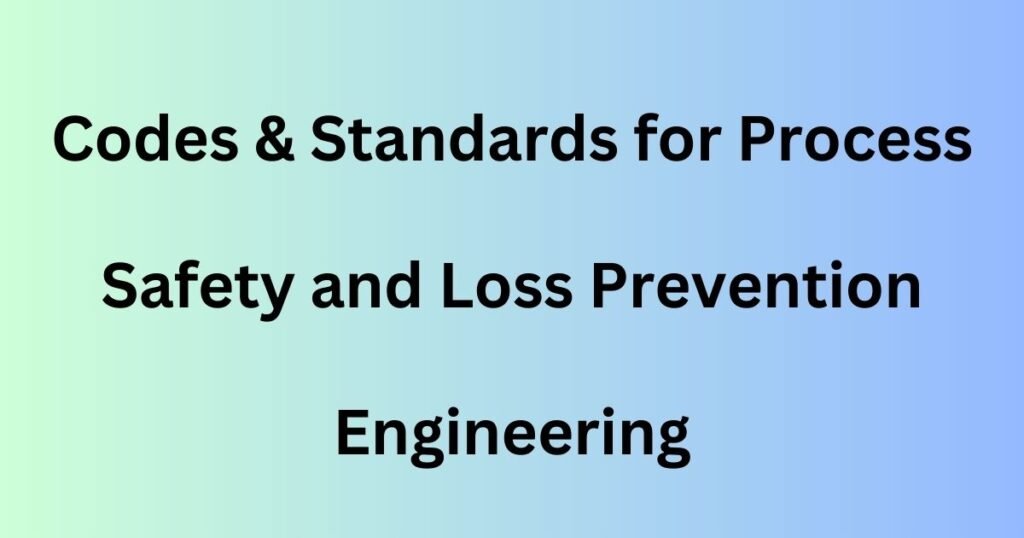1. Introduction
The Hazard Identification (HAZID) study is a structured, systematic approach used in the oil & gas industry, hydrocarbon plants, and polyolefin facilities such as polypropylene and polyethylene plants to identify potential hazards and evaluate associated risks. Conducted during the early phases of project development, it ensures that hazards are recognized, assessed, and mitigated to enhance safety and regulatory compliance.
2. Objectives of HAZID Study
The primary objectives of a HAZID study include:
- Identifying potential hazards related to process operations, equipment, and human interactions.
- Assessing risks in terms of likelihood and consequence.
- Proposing risk reduction measures to eliminate or minimize hazards.
- Ensuring compliance with safety regulations and industry standards.
- Improving operational safety and preventing incidents.
3. Scope of HAZID Study
HAZID studies are conducted during:
- Conceptual Design
- Front-End Engineering Design (FEED)
- Detailed Engineering
- Operational Phases (for modifications and expansions)
- Decommissioning & Abandonment
Applicable Industries:
- Oil & Gas (Upstream, Midstream, and Downstream)
- Refineries & Petrochemical Plants
- Polyolefin Plants (Polypropylene, Polyethylene)
- LNG & LPG Facilities
- Offshore Platforms & FPSOs
4. HAZID Study Team Composition
A multidisciplinary team is essential for a successful HAZID study:
- Chairperson/Facilitator: Leads the discussion and ensures structured brainstorming.
- Process Engineer: Provides insights into process parameters and design.
- Operations Representative: Contributes practical operational knowledge.
- Safety Engineer: Assesses potential hazards and safeguards.
- Instrumentation Engineer: Evaluates control and shutdown systems.
- Mechanical Engineer: Addresses equipment integrity and failures.
- Electrical Engineer: Considers electrical safety risks.
- HSE Representative: Ensures regulatory compliance and environmental considerations.
5. Methodology of HAZID Study
Step 1: Define Study Nodes
Facilities are divided into logical nodes such as:
- Process Areas (Reactors, Columns, Compressors, etc.)
- Storage Areas (Tanks, Silos, Spheres)
- Utility Systems (Steam, Cooling Water, Nitrogen)
- Offsite Facilities (Flare, Effluent Treatment)
- Loading/Unloading Areas
Step 2: Hazard Identification Using Guidewords
A structured brainstorming session is conducted using predefined guidewords and checklists to identify hazards related to:
Process Hazards:
- High pressure/temperature deviations
- Flammable/toxic gas releases (e.g., H2S, VOCs)
- Runaway reactions
- Chemical incompatibility
Equipment Hazards:
- Mechanical failures (pumps, compressors, heat exchangers)
- Loss of containment (leaks, ruptures, corrosion)
- PSV and relief system malfunctions
Operational Hazards:
- Start-up and shutdown risks
- Maintenance and isolation failures
- Ergonomic and manual handling issues
External Hazards:
- Fire, explosion (BLEVE, jet fire, pool fire)
- Toxic gas dispersion
- Natural disasters (earthquakes, floods, cyclones)
- Security threats (sabotage, terrorism)
Step 3: Risk Assessment & Ranking
Hazards are ranked using a risk matrix based on:
- Likelihood (Frequent, Occasional, Rare)
- Consequence Severity (Minor, Major, Catastrophic)
- Overall Risk Level (Low, Medium, High)
Example Risk Matrix:
| Likelihood / Consequence | Minor | Major | Catastrophic |
|---|---|---|---|
| Frequent | Medium | High | High |
| Occasional | Low | Medium | High |
| Rare | Low | Low | Medium |
Step 4: Risk Mitigation Measures
For high-risk hazards, mitigation measures include:
- Process Modifications (Pressure Relief, Overfill Protection)
- Design Improvements (Double Containment, Secondary Barriers)
- Instrumentation Enhancements (High-Integrity Shutdowns, Leak Detection Systems)
- Operational Controls (Permit to Work, Emergency Shutdown Procedures)
Step 5: Documentation & Reporting
A comprehensive HAZID report is prepared with:
- Identified Hazards
- Risk Assessment Tables
- Recommended Mitigation Measures
- Compliance with International Standards
6. Key Deliverables
- List of Identified Hazards
- Risk Assessment and Ranking
- Recommended Safety Measures
- Action Plan with Responsible Parties and Timelines
7. Compliance with Standards & Regulations
HAZID studies align with:
- OSHA PSM (29 CFR 1910.119) – Process Safety Management
- API 750 – Management of Process Hazards
- IEC 61511 – Functional Safety in Process Industries
- NFPA Standards – Fire and Explosion Prevention
- CCPS Guidelines – Risk-Based Process Safety
8. Case Study: HAZID for a Polyethylene Plant
Scenario: Ethylene Storage Tank Risks
Identified Hazards:
- Vapor cloud formation due to leaks
- Overpressure and rupture risk
- Polymerization reaction runaway
Mitigation Measures:
- Inert Gas Blanketing to prevent vapor formation
- High-Integrity Pressure Relief Valves
- Continuous Temperature & Pressure Monitoring
9. Conclusion
A HAZID study is crucial in ensuring the safety and operational integrity of oil & gas, hydrocarbon, and polyolefin plants. It enables early hazard identification, risk ranking, and implementation of effective mitigation measures, ensuring compliance, safety, and reliability in industrial operations.


